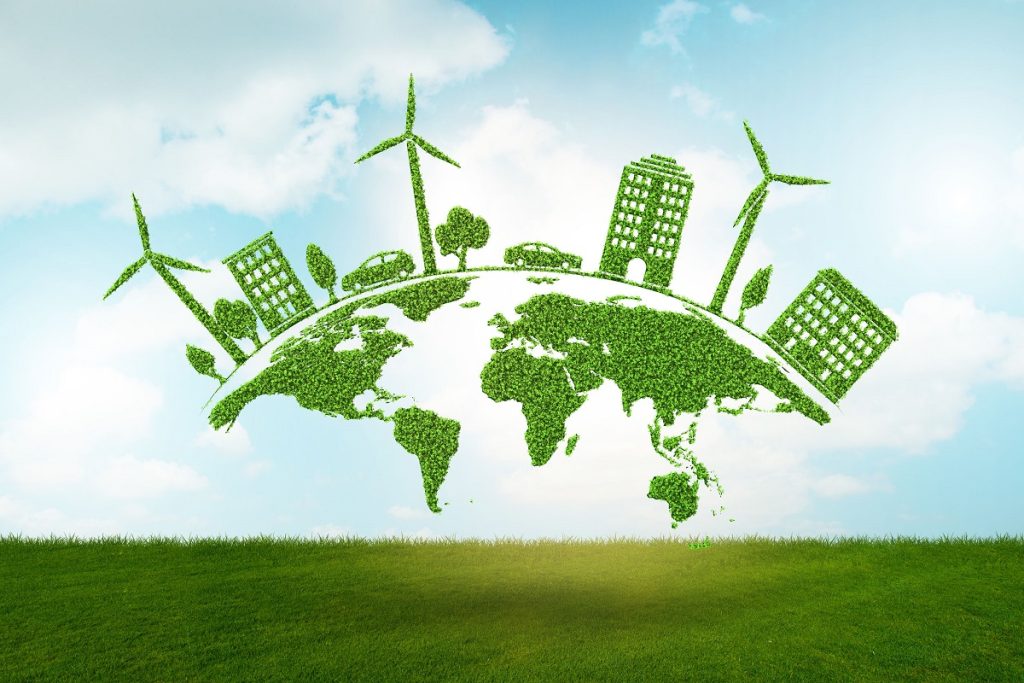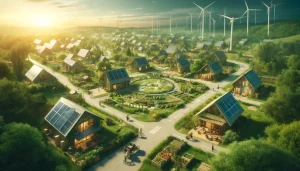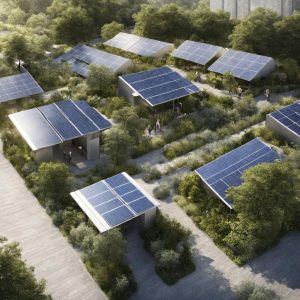In an age of increasing environmental challenges and the effects of the climate crisis, cities worldwide are embracing green infrastructure. This shift isn’t merely a reaction to environmental pressures but a recognition of the multitude of economic benefits that come from investment in green infrastructure. From Toronto to Ontario, global urban areas are discovering that green infrastructure helps foster a resilient, sustainable economy.

Economic Benefits of Investing in Green Infrastructure
1. Boosting Property Values and Attracting Investment
- Green Spaces and Property Values: Investments in greenery, like green roofs and urban forests, have been shown to increase property values. They make urban areas more appealing to live in and invest in, creating opportunities for both private sector and communities across the country.
- Green Infrastructure Ontario: In regions like Ontario, incorporating green infrastructure has unlocked tremendous economic growth and has become critical infrastructure.
2. Job Creation and Economic Growth
- Creating Jobs: Investing in green infrastructure projects, large-scale or otherwise, creates new jobs and stimulates the economy.
- Economic Growth: Through investment in green technologies and landscape development, cities can foster economic growth, contributing positively to GDP.
3. Cost Savings and Efficiency
- Stormwater Management: Using green infrastructure such as permeable surfaces and stormwater runoff ponds to manage stormwater can lead to significant cost savings for municipal sewer systems.
- Energy Efficiency: Green infrastructure also contributes to energy savings, mitigating urban heat island effects, and reducing emission levels.

Social and Environmental Benefits
- Air and Water Quality: By filtering pollutants like sediment and nitrogen, green infrastructure improves air quality and water quality, potentially reducing premature death and health costs.
- Climate Change Resilience: Green infrastructure can help cities mitigate the effects of climate change, promoting a resilient future even in the face of unprecedented challenges like the COVID-19 pandemic.
- Community Well-being: Green infrastructure investments foster social benefits by encouraging physical activity, improving physical health, and enhancing public health.
Case Studies
1. Toronto’s Green Revolution – A Partnership Success
- A collaboration between key stakeholders such as mayor, landscape architects, and private-public partnership led to the successful implementation of green infrastructure in Toronto by 2030.
2. EPA’s Initiative – The Value of Green Infrastructure
- The EPA’s research paper on using green infrastructure highlights a clear pathway for communities to integrate environmentally friendly solutions, providing economic and environmental benefits in equal measure.
Conclusion
Investing in green infrastructure is no longer an alternative; it has become a necessity for thriving economies. Cities that have implemented green infrastructure are becoming models of sustainability and resilience. They unlock the potential for growth while nurturing their ecosystems and populace.
The compelling economic case for green infrastructure, from creating jobs to increasing property values, demonstrates that the path to a resilient and prosperous future is paved with green. As we strive for a post-pandemic, low-income inclusive, and climate-resilient world, green infrastructure provides a versatile solution to the complex challenges of our time.
With an eye to 2030 and beyond, the wave of green infrastructure investment sets a promising trajectory towards a sustainable, vibrant urban landscape. Embracing green isn’t just a step towards environmental stewardship; it’s a leap towards economic vitality.




